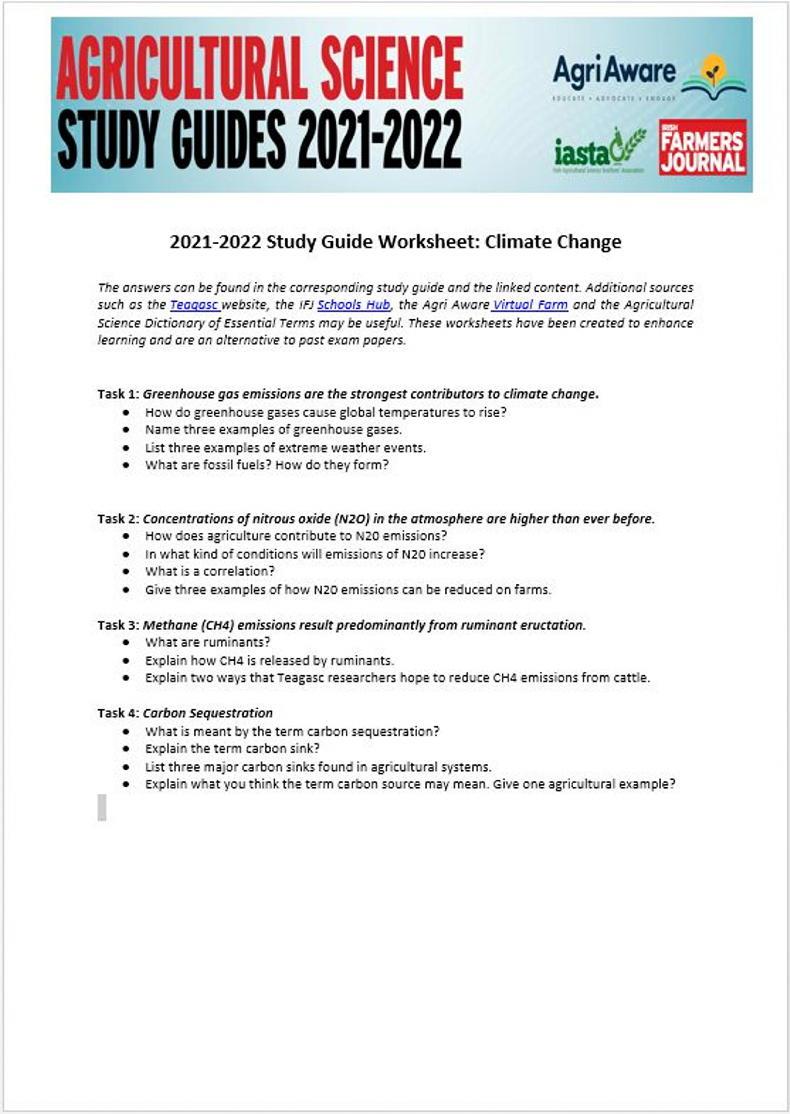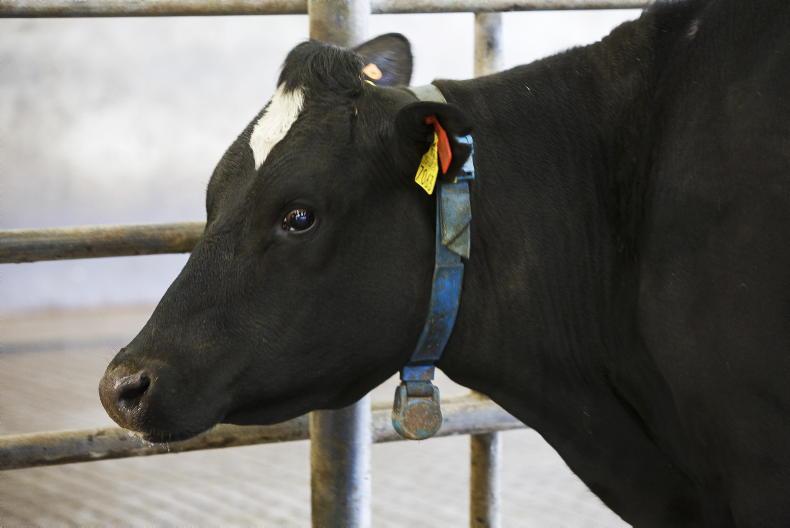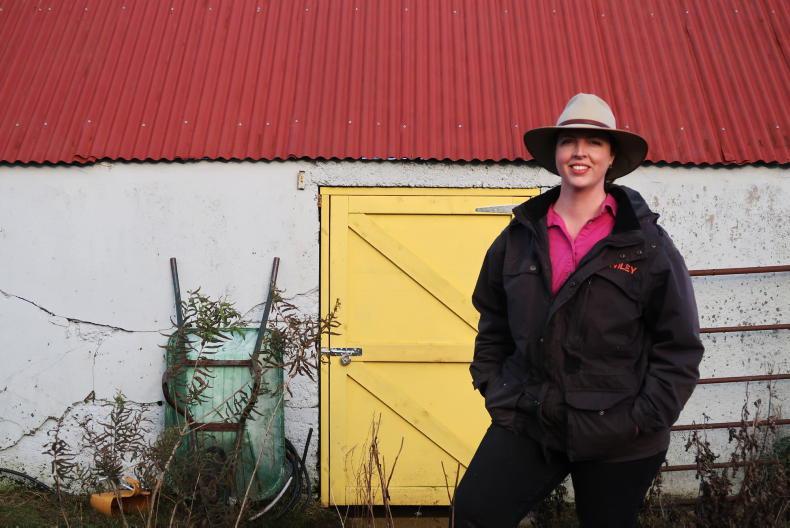Each week, a brand-new original student worksheet will be available to complement each one of the study guides, which can be used by students in class or at home.
The original worksheets will include various tasks from comprehension exercises, dictionary work, multiple-choice questions and more.
The worksheets have been designed to enhance learning of the new Leaving Certificate material and as alternatives to exam questions.
The worksheets can be used as a tool to assess self-learning or, alternatively, classroom assessment.
The answers can be found in the corresponding study guide and the linked content. Additional sources such as the Irish Farmers Journal website, Teagasc website (http://www.teagasc.ie/), and the Agri Aware Virtual Farm may be useful.
Task 1: greenhouse gas emissions are the strongest contributors to climate change.
How do greenhouse gases cause global temperatures to rise?Name three examples of greenhouse gases.List three examples of extreme weather events.What are fossil fuels? How do they form?Task 2: concentrations of nitrous oxide (N2O) in the atmosphere are higher than ever before.
How does agriculture contribute to N20 emissions?In what kind of conditions will emissions of N20 increase?What is a correlation? Give three examples of how N20 emissions can be reduced on farms.Task 3: methane (CH4) emissions result predominantly from ruminant eructation.
What are ruminants?Explain how CH4 is released by ruminants.Explain two ways that Teagasc researchers hope to reduce CH4 emissions from cattle. Task 4: carbon sequestration
What is meant by the term carbon sequestration?Explain the term carbon sink?List three major carbon sinks found in agricultural systems.Explain what you think the term carbon source may mean. Give one agricultural example.
2021-2022 Study Guide Worksheet: Climate Change
Each week, a brand-new original student worksheet will be available to complement each one of the study guides, which can be used by students in class or at home.
The original worksheets will include various tasks from comprehension exercises, dictionary work, multiple-choice questions and more.
The worksheets have been designed to enhance learning of the new Leaving Certificate material and as alternatives to exam questions.
The worksheets can be used as a tool to assess self-learning or, alternatively, classroom assessment.
The answers can be found in the corresponding study guide and the linked content. Additional sources such as the Irish Farmers Journal website, Teagasc website (http://www.teagasc.ie/), and the Agri Aware Virtual Farm may be useful.
Task 1: greenhouse gas emissions are the strongest contributors to climate change.
How do greenhouse gases cause global temperatures to rise?Name three examples of greenhouse gases.List three examples of extreme weather events.What are fossil fuels? How do they form?Task 2: concentrations of nitrous oxide (N2O) in the atmosphere are higher than ever before.
How does agriculture contribute to N20 emissions?In what kind of conditions will emissions of N20 increase?What is a correlation? Give three examples of how N20 emissions can be reduced on farms.Task 3: methane (CH4) emissions result predominantly from ruminant eructation.
What are ruminants?Explain how CH4 is released by ruminants.Explain two ways that Teagasc researchers hope to reduce CH4 emissions from cattle. Task 4: carbon sequestration
What is meant by the term carbon sequestration?Explain the term carbon sink?List three major carbon sinks found in agricultural systems.Explain what you think the term carbon source may mean. Give one agricultural example.
2021-2022 Study Guide Worksheet: Climate Change










SHARING OPTIONS